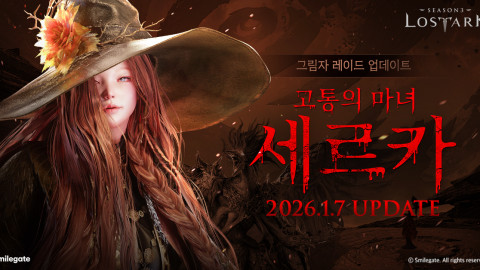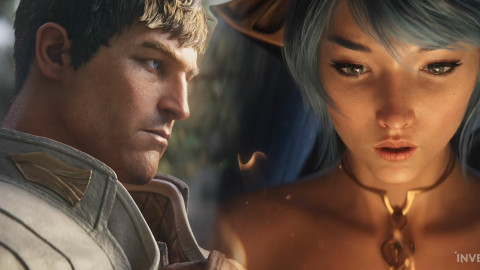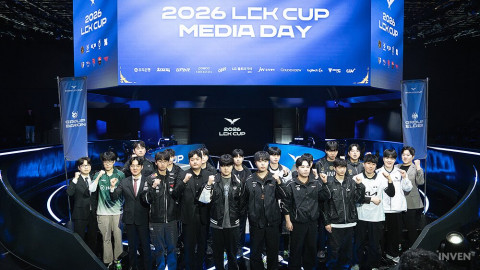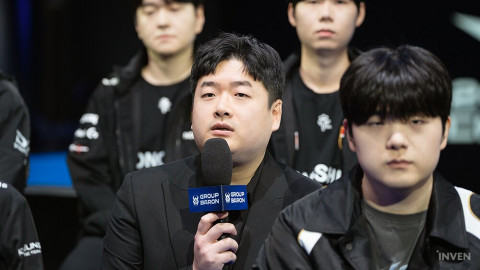
The old competitive year along with the death knights retired, and Genn and Baku retired. April 9 is the day of the beginning of a new era.
On April 9 at 20:00 Moscow time, the new season in Hearthstone eSports started. A dream day for many players. Finally, annoying and broken cards are a thing of the past.
Professional players and streamers constantly criticize the developers for the lack of updates. Or for the disgusting timings of their release. Casual players can argue with them, who hardly have time to accumulate gold for the next addition. Both of them can be understood. But the company is clearly in no hurry to make decisions. And for this, they get immediately from both groups.
The Year of the Dragon is the first hope that competitive matches will become more interesting. Random is not going anywhere, but there will be fewer crazy cards (but this is not certain). We tell you how Hearthstone is changing with the release of Rising of Shadows and the transition to a new era.
Goodbye Death Knights, Missions, And Legendary Weapons
Expedition to Un'Goro, Knights of the Frozen Throne, Kobolds, and Catacombs - all of these sets have gone to Wild. No more death knights, quests, and legendary weapons. Some archetypes, like the quest horn, have completely disappeared, others, like the control mage, have been transformed.
Briefly About Which Classes Have Lost Key Cards.
- Druid: You will have to forget about the clumsy deck on large creatures with Malygos. The Jungle Behemoth task, along with the Cursed Apprentice and the Archfungus Xlid, left the rotation. Following them went "Call of the Thicket", "Fork" and "Total infection". What will happen to the "taunt version" is still unclear? It's all about the departure of many creatures with the effect of "Provocation", "Charm: Lesser Jasper" and "Hadronox", around which they had to dance.
- Hunter: Deathrattle decks have been transformed into something essentially different. Animals changed mechanisms. At the same time, the class lost cards that could activate the ability. The number of effective spells has also decreased, which is reflected in Zul'jin: "Charm: Lesser Emerald", "Come!" and ``Flanking Strike'' went into oblivion.
- Mage: Elementals have never been hugely popular, but they still diluted the metagame with their presence. Most of them fell out of rotation. Decks with secrets and the expectation of quick removal of the opponent have changed. The same goes for control. Explosive Runes, Meteorite, and Dragon's Fury are gone.
- Paladin: The archetype with death knights is gone, all other variations of aggressive and mid-range strategies have been greatly updated. This is because “To Arms!”, “Righteous Defender”, “Vine Cleaver”, and “Keeper of the Sun Tarim” left the rotation.
- Priest: Large creatures are gone as we remember them, as is the control version of the deck with dragons. Psychic Shout, Ward: Small Diamond, Obsidian Statue, Radiant Elemental with Shadow Visions, and Lyra Sunshard—all of these cards will no longer be seen in competitive play.
- Rogue: "quest horns" and "bane horns" ceased to exist as archetypes. Key cards went to Wild. Midrange strategy lost Bloodthirsty Spite and Elf Minstrel. But so far, it doesn't seem to affect the popularity of the class much.
- Shaman: As in the case of the magician, the elementals ceased to be one of the possible full-fledged archetypes. The Frost Giants and Overload variations are also gone. Left the rotation and "Volcano" with "Healing Downpour". However, shamans were not left without treatment and powerful spells.
- Warlock: Control-Version sheets have been redesigned. Discard Lock has lost several key cards, such as Queen Zavas, Lakkari Hound, and Queen Lana'thel. Many creatures and spells have disappeared from the rotation, which formed the basis of a wide variety of decks: from Kobold Librarian and Defile to Rough Homunculus and First Apprentice Rin.
- Warrior: The class has had its ups and downs in recent years. Yes, without Direhorn Hatchling and Rotface, things won't be the same as before. However, all these cards added value to "Baku the Moon Eater", which was sent to the Hall of Fame. But the class itself seems to have only benefited from this. Now bombs and mechanisms rule the ball.
- Neutral cards: There should be a giant list of cards with Murlocs, Elementals, Dragons, Beasts, Gears, and creatures like Prince Keleseth, Carnivorous Cube, and Mushroom Mancer.
Hall Of Fame
By the way, about the storage, which is regularly updated with more and more new copies. The community has repeatedly noted the detrimental effect of Genn Greymane and Baku the Moon Eater on the metagame. We won't see them again. We played in one season - and that's enough. With them went some class cards that supported the structure of even or odd decks.
Another major change is the dropping of Dreadguard, Close to Nature, and Divine Favor. So the warlock lost a very strong creature with a jerk, the paladin was left without a powerful spell to draw cards, and the druid was left without a targeted “removal” for 1 mana, which could slow down the pace and screw up the whole game.
The Shadows Are Deepening
Now it's time to figure out what we had to deal with in the year of the dragon. Cards from The Witchwood, Boomsday, and Rastakhan's Rumble have been added to the Classic set and Rise of Shadows.
What effects and mechanics have been added in the new addition:
- 41 creatures and weapons with "Battle Cry";
- 12 creatures and spells with "Deathrattle";
- 8 spells with "Doublet" (a new mechanic; you cast a spell and get a copy of it in your hand, it does not disappear until the end of the game);
- 10 creatures with "Provocation";
- 5 creatures and spells with "Onslaught";
- 1 secret;
- 3 weapons;
- 5 spells that improve every turn (new mechanics);
- 6 creatures (5 class and one neutral) are put into the hand of random henchmen (they come in five types, cheap creatures, but with a strong effect of "Battlecry");
- 8 furs;
- 7 elementals;
- 6 demons;
- 6 animals;
- 4 murlocs;
- 3 dragons;
- 1 pirate.
Separately, all these statistics make no sense apart from classes and archetypes. We studied the reviews of professional players and streamers, as well as the builds of the first and second days. We warn you right away: the text uses test versions of the decks at the start of the season. They may change in the future. So if you don't have all the cards you need, wait a week or two for the metagame to settle down. If you are willing to take risks, God help you.
Healing For The Druid And A Lot Of Tokens
All class cards can be divided into two groups. The former refers to decks that restore health to a hero or creature. The second ones take the enemy forward with their feet in the first five to seven minutes.
The main question that professional players and analysts are asking now is: how combat-ready are druid decks built around healing? Alexander Kolento Malsh is convinced that they can only show something against aggressive decks. Against control, they are powerless. This is because the druid needs to somehow activate key abilities. And if there are no creatures, then what to fight about then? Kibler noted a meager set of cards, from which it is unlikely that anything can be assembled. However, he was one of the first to hit the experiments.
This archetype has one problem. A defensive druid doesn't have a card that will turn the game around or win it overnight. It will have to starve. But there is an exception
-
 Guest Reporter
Guest Reporter
Sort by:
Comments :0





